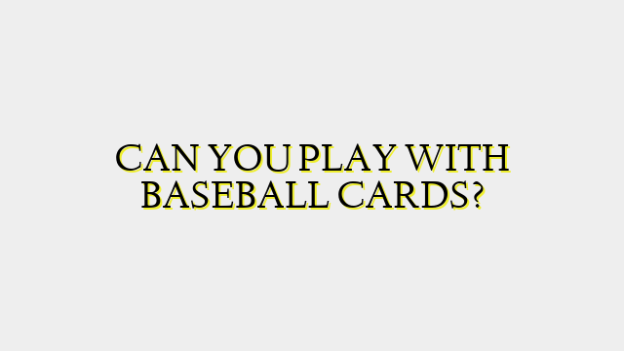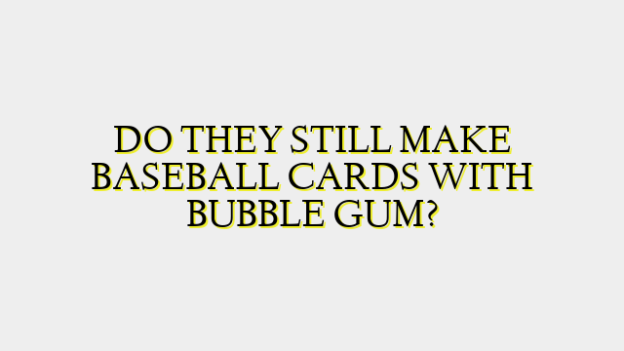One of the most common options is to try and sell the extra cards. You can do this a few different ways. One way is to take the cards to a local card show or shop to see if any dealers are interested in buying them. Make sure to do some research on similar condition cards online through websites like eBay to get an idea of current fair market values. This will help you price your cards properly for sale. Another selling option is to list cards individually or in lots on platforms like eBay or through auction sites like Heritage Auctions. Doing some sorting of your cards by player, team, year, etc. first will make it easier to group similar cards together for online sale. Be sure to describe conditions accurately, take clear photos, and research recent sold prices so buyers know what to expect.
If selling individually seems like too much work, you could look at selling the entire extra collection as one lot to another collector. Again, research recently sold bulk lots to help establish a fair asking price. You may get less per card this way but it minimizes your work. Make sure to clearly inventory what is included. You can post the lot for sale through online collectibles forums and groups as well. Another option to potentially make some money is to consign high-value cards through a collectibles dealer or auction house. They can market and sell the cards for a commission.
Rather than selling, you could look at donating your extra cards. Organizations like the National Baseball Hall of Fame accept card donations to add to their archives and research collections. Some youth sports leagues and schools also accept donations they can use for fundraising through raffles and auctions. This allows you to potentially get a tax write-off while also helping others. Another donating route is directly to other collectors online. Groups on sites like Facebook are always looking to expand their collections through trades and you may find takers willing to cover the shipping themselves.
If monetary value is not as much of a concern, consider holding onto duplicates to pull out and use for fun projects. You could assemble team sets, create a scrapbook to display players’ careers, or put together themed collections like all Cardinals from the 1980s. Cards in particularly worn condition could be used for crafts as well like made into book covers or framed artwork. Another display option is to creatively assemble cards into a piece of sports memorabilia wall art for your home. This allows you to still enjoy cards you can’t sell rather than just getting rid of them.
For any truly common cards in your duplicates pile that likely have no sale or trade value, consider recycling them responsibly. Many cardboard and paper recycling programs will accept clean card collections. Be sure to remove any plastic sleeves or holders first. You could also look into donation programs through organizations like the sports equivalent of the American Forest Foundation that plant trees using recycled paper and cardboard products. This ensures your extra cards have a second purpose rather than just taking up unnecessary space.
With some sorting and research into values, there are many options for putting extra baseball cards to good use whether through sale, donation, crafting projects or display rather than just discarding them. Taking the time to evaluate your duplicates and handle them through the appropriate channels can help you manage a large collection while giving the cards a new purpose or home. The key is doing your homework to choose the best routes and maximize any potential financial returns, donations or enjoyment from cards you may otherwise see as excess. With some work, your extras can still provide benefits even after your collecting needs are met.


